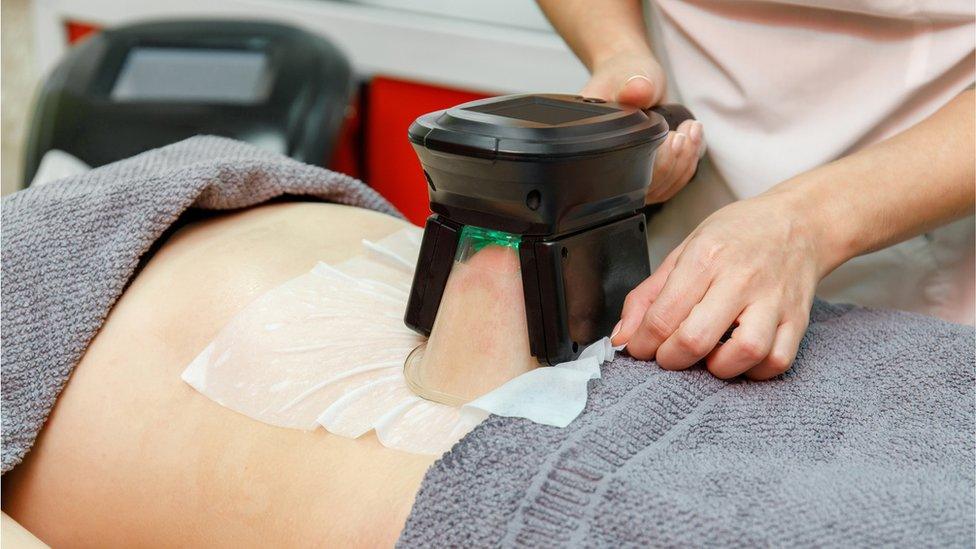As the popularity of Cryotherapy in Dubai continues to rise, understanding its safety profile and necessary precautions is essential for anyone considering this treatment. This article explores the safety aspects of cryotherapy, common side effects, and the precautions to take before undergoing treatment.
Understanding the Safety of Cryotherapy
General Safety Overview
Cryotherapy is generally considered safe when performed correctly. The process involves the application of cold temperatures to the body, which can trigger various physiological responses. However, like any treatment, cryotherapy does come with its risks and considerations.
Cryotherapy Environment
The environment in which cryotherapy is conducted plays a crucial role in its safety. Facilities that offer cryotherapy should adhere to strict safety protocols, including:
- Trained Professionals: Staff should be trained in cryotherapy techniques and safety measures to ensure that clients are guided properly throughout the process.
- Equipment Maintenance: Regular maintenance and calibration of cryotherapy machines and chambers are essential to avoid malfunctions and ensure optimal performance.
- Hygiene Standards: Ensuring cleanliness in the cryotherapy environment can prevent infections and promote a safe experience.
Common Side Effects of Cryotherapy
Mild Side Effects
While many individuals experience minimal to no side effects from cryotherapy, some common mild side effects can occur:
- Skin Irritation: Cold exposure can sometimes lead to temporary skin irritation, including redness or tingling sensations, particularly in sensitive areas.
- Numbness: Following a cryotherapy session, individuals may experience brief periods of numbness in treated areas, which typically resolves quickly.
- Muscle Soreness: Some users may report mild muscle soreness following cryotherapy, similar to what one might feel after a workout.
Rare but Serious Side Effects
Although rare, serious side effects can occur, particularly if safety guidelines are not followed:
- Frostbite: Prolonged exposure to extreme cold can lead to frostbite. It is crucial to adhere to recommended session durations to avoid this risk.
- Hypothermia: Inappropriately long sessions in a cryotherapy chamber can lead to hypothermia, a condition caused by dangerously low body temperatures.
- Cold Burns: Improper use of localized cryotherapy devices can result in cold burns, especially if ice packs or cryo devices are applied directly to the skin for too long.
Precautions to Take Before Cryotherapy
Medical Consultation
Before undergoing cryotherapy, individuals should consult with a healthcare provider, particularly if they have any pre-existing medical conditions. Some conditions that may warrant caution include:
- Cardiovascular Issues: Individuals with heart problems or high blood pressure should discuss their suitability for cryotherapy with a physician.
- Cold Sensitivity: Those with conditions that make them sensitive to cold, such as Raynaud's disease, should exercise caution.
- Pregnancy: Pregnant individuals should consult their healthcare provider before engaging in cryotherapy, as the effects on pregnancy are not well-studied.
Assessment of Overall Health
Clients should complete a thorough health assessment before their first cryotherapy session, which may include:
- Medical History: Providing a comprehensive medical history to the cryotherapy provider ensures that any potential risks are identified and managed.
- Physical Examination: A physical examination may be necessary for individuals with certain health concerns to determine their fitness for cryotherapy.
Following Safety Guidelines
To ensure a safe experience during cryotherapy, individuals should follow these guidelines:
- Limit Exposure Time: Adhering to recommended exposure times, typically between two to four minutes for whole-body cryotherapy, is crucial for safety.
- Dress Appropriately: Wearing the proper clothing, such as moisture-wicking fabric and avoiding direct skin exposure, can help protect against cold-related injuries.
- Stay Hydrated: Ensuring proper hydration before and after cryotherapy can help maintain body temperature regulation and promote recovery.
- Inform Staff of Any Concerns: Individuals should communicate any discomfort or concerns during the treatment, allowing staff to respond appropriately.
Conclusion
Cryotherapy treatment offers various potential benefits, but it is essential to prioritize safety and understand the associated risks. By consulting healthcare professionals, adhering to safety guidelines, and being aware of common side effects, individuals can enjoy cryotherapy safely. As with any health-related treatment, informed decision-making is crucial for a positive experience and maximizing the benefits of cryotherapy.





Comments